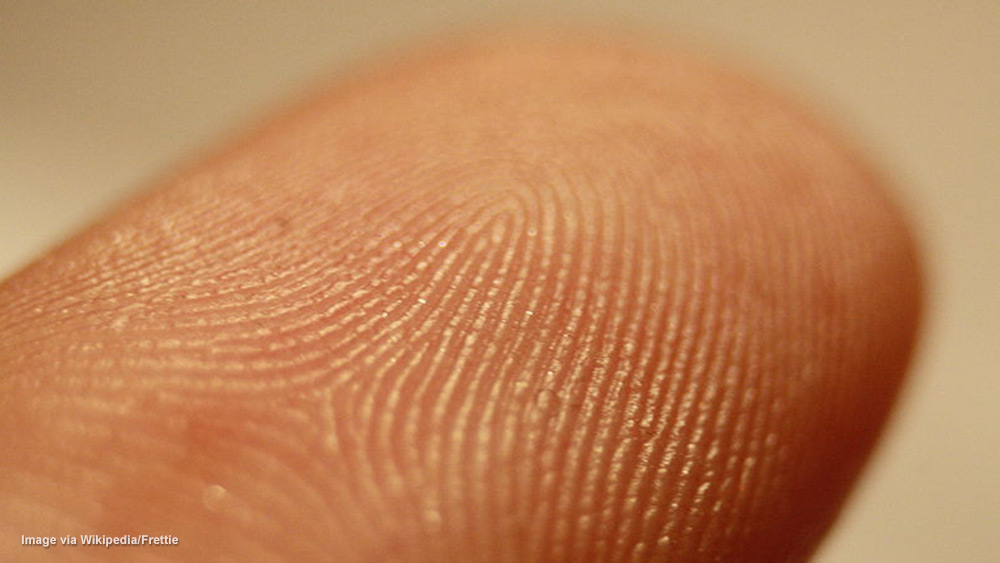Future smart devices will not use batteries or require charging
02/01/2019 / By Edsel Cook
Canadian researchers claimed that they are close to freeing smart devices from the limitations of expensive batteries that need regular recharging sessions by eliminating the need for energy storage systems from internet of things (IoT) gadgets.
An IoT device is a type of smart device that has its own IP address. It uses this connectivity to interact with other gadgets over the Internet.
Many of these gadgets are equipped with various sensors that can keep track of changes in their environment. The sensors can measure the ambient temperature and amount of light in a room, or spot the movement and sound of a person in the area.
Most IoT devices are powered by batteries. These devices do not need to be hooked up to an external power source.
However, batteries are expensive, especially if they are integrated into the device itself. They also run out of power after a while. An expended battery needs to be replaced or recharged on a regular basis.
Removing the need for a battery would make an IoT device much cheaper to manufacture. It would also decrease the costs of running and supporting a network of such gadgets. Last but certainly not least, a battery-free smart device can be deployed outside the power grid. (Related: Engineers develop metal tags that you can attach to common objects and turn them into “smart” devices.)
Literally hacking RFID tags into IoT sensor devices
The University of Waterloo (Waterloo) research team sought out a means to increase the sustainability of IoT devices. They considered reducing the amount of power expended by the sensors of a smart device so that it would no longer need a battery.
To this end, they decided to fiddle with radio frequency identification (RFID) tags. These metal tags contain small computer chips that can store electronic information.
An RFID tag is used to identify the object it is attached to. It can also keep track of the object’s location. But the ones altered by the researchers are capable of scanning their surroundings for specific data.
Waterloo researcher Ju Wang provided the details of the literal hacking process. The first step is to remove the plastic cover of the RFID. Next, a small part of the tag’s antenna was snipped off using a pair of scissors. The final step was to attach a sensor to the hacked part of the antenna, which restored the electronic circuit of the RFID tag to full functionality.
RFID tags can now scan their surroundings
The sensor attached to the hacked RFID tag is called a phototransistor. This instrument is sensitive toward the light levels in the immediate surroundings. It is small enough to fit on the tag without any trouble.
When it is exposed to certain amounts of light, the phototransistor will change the behavior of the RFID antenna it is attached to. The affected tag will send a different signal to a “reader” machine at the center of the networked devices.
The reader is responsible for keeping track of the signals sent by a network of these IoT devices. It uses a computer algorithm written by the Waterloo researchers to determine the light levels in the area covered by the sensors.
The researchers also demonstrated how they could turn an RFID tag into a keypad. Instead of attaching a phototransistor, they connected a switch that could be activated through touch.
“Our main contribution is showing how simple it is to hack an RFID tag to create an IoT device,” Waterloo professor and lead researcher Omid Abari said about the project. “It’s so easy a novice could do it.”
Sources include:
Tagged Under: batteries, computers, future tech, Internet of Things (IoT), Internet of things devices, new technology, off grid, RFID chip, science and technology, smart devices, surveillance



















